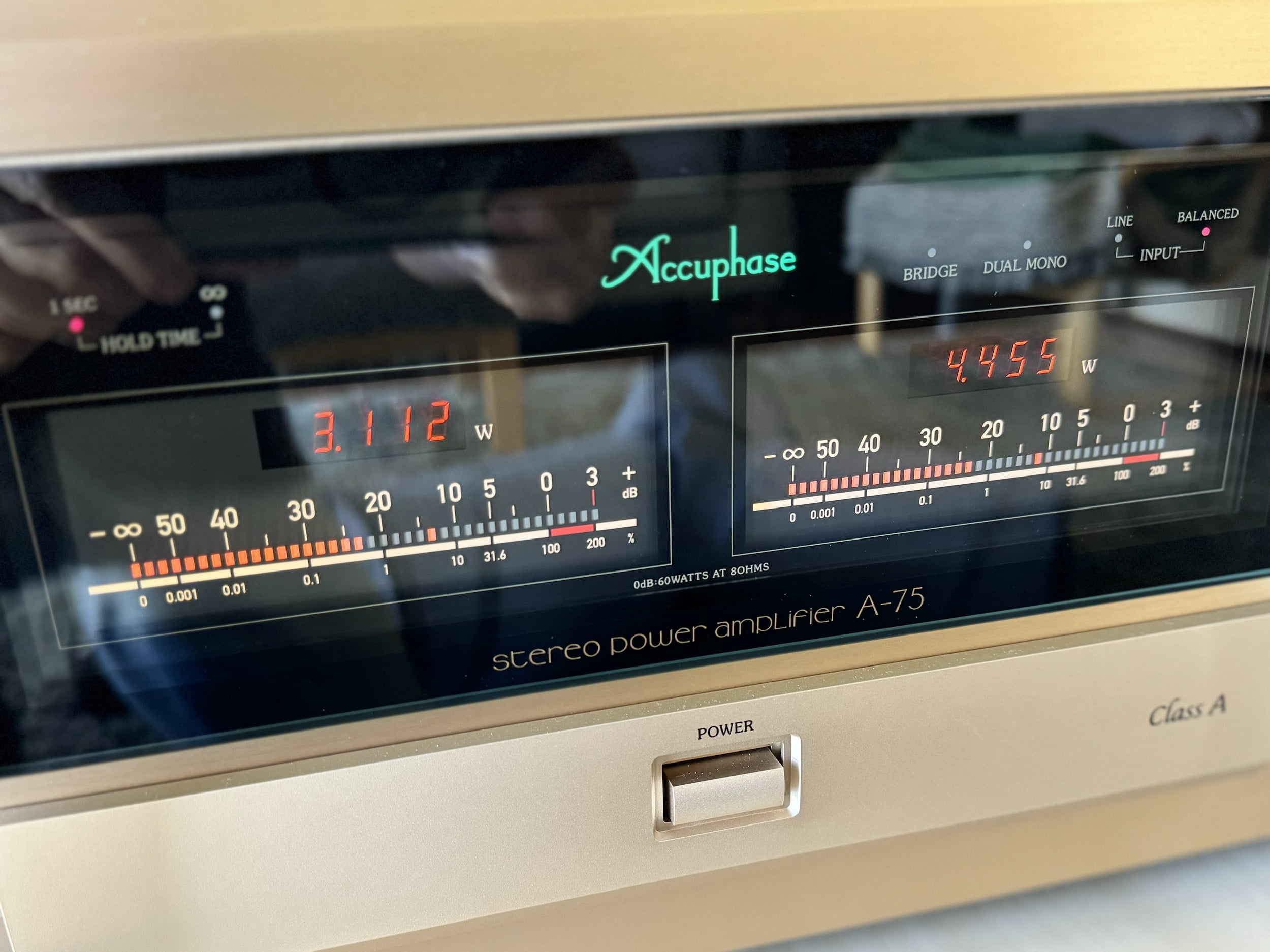The critical advantage of class A topology is superlative sonic performance.
Basics
Class A amplifiers deliver the smoothest, most euphonic sonic performance. That’s why class A is used in high-end designs despite its shortcomings and why the very best amplifiers are class A, where cost is no object. The best class A amplifiers are MOSFET or tube-based designs from my experience.
But Mike, I listened to a cheap Chinese class-A tube amplifier and it sounded like sh#t!
Indeed, so I’m excluding the myriad of cheap, low-quality Chinese and Indian designs that have flooded the market from Vincent, Willsenton and various other junk brands. This equipment sounds ordinary, is cheaply made, fails frequently and should generally be avoided.
Compromises
There are no free lunches in engineering though and, as per my FAQs on class AB, class B and class D, each topology has its pros and cons. Class A amplifiers dissipate their maximum rated power at all times meaning they run hot, constantly. The only way to deal with this heat is to use the very best parts and engineering, big chassis and heatsinks, etc. The best parts and engineering always mean one thing: m-o-n-e-y baby!
Now, if the required power output is very small, such as a headphone amplifier or preamplifier like my Accuphase C-290, class A is no problem and less expensive to implement. Dissipating low power is relatively easy. Power amplifiers running in class A have to be large and very substantially built to cope with this constant high power demand, 100% duty cycle and high heat dissipation, however.
Such class A power amplifiers are big, heavy and need excellent ventilation. Some environments/use cases won’t be well suited to class A amplifiers. My Accuphase A-75 class A power amplifier weighs 45kg and delivers a very conservatively rated 60 Watts per channel into 8 Ohms (measures over 120 Watts/ch). Good A/C is essential when running class A amplification like this!

Bottom Line
With these overbuilt designs come advantages though, like massive power supplies and premium, heavy-duty parts that can cope with the load. These build factors also deliver sonic advantages of their own, so class A amplifiers tend to just be better all around. The best-sounding ones are the MOSFET types, like the A-75.
The disadvantages of class A design such as high cost, high power dissipation, increased electricity bills, and large size and weight must be taken into account. Class A amplifiers have the highest $/Watt ratio and are therefore not found at the lower end of the consumer spectrum.
Because powerful class A designs cannot be implemented cheaply, cheap Chinese solutions, like the ridiculous Mumysys/Musymys/Mumsymys (LOL) Chinese designs that look a little like an Accuphase something A-75 are literal garbage and should be avoided.
For the best sound, whether tube or solid-state, class A is the gold standard.
Discover more from LiQUiD AUDiO
Subscribe to get the latest posts sent to your email.
